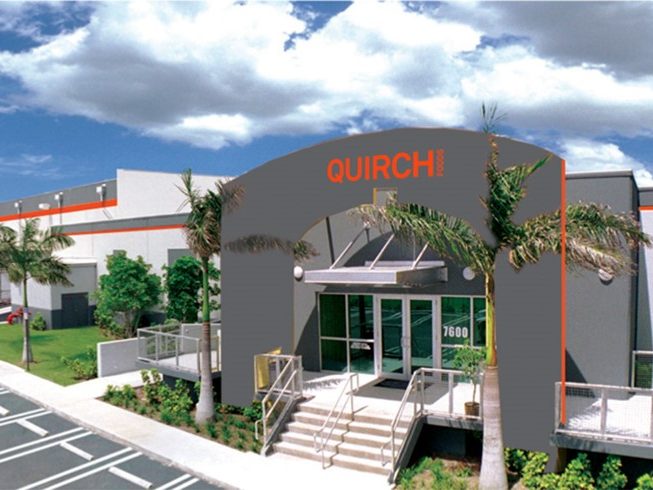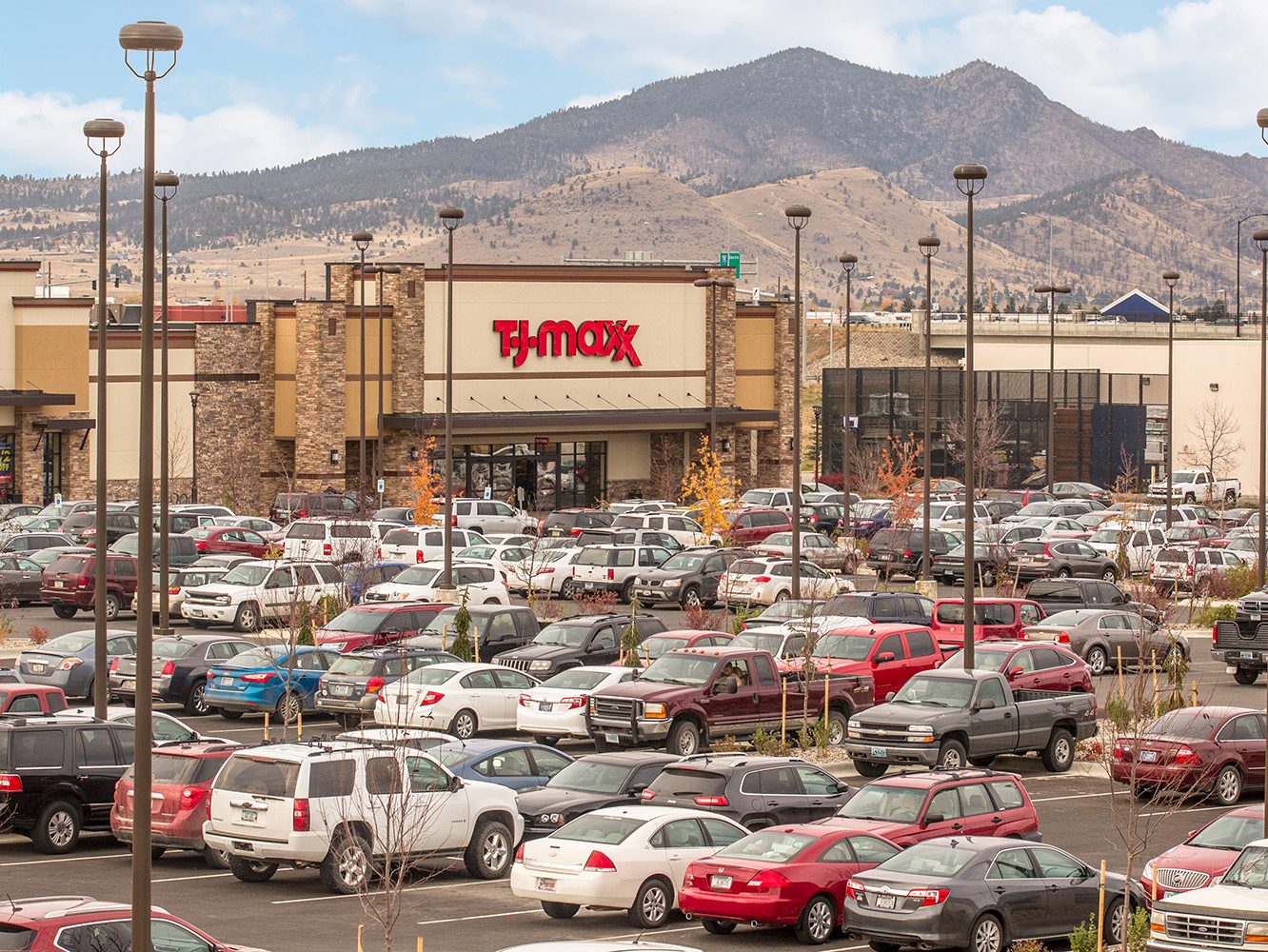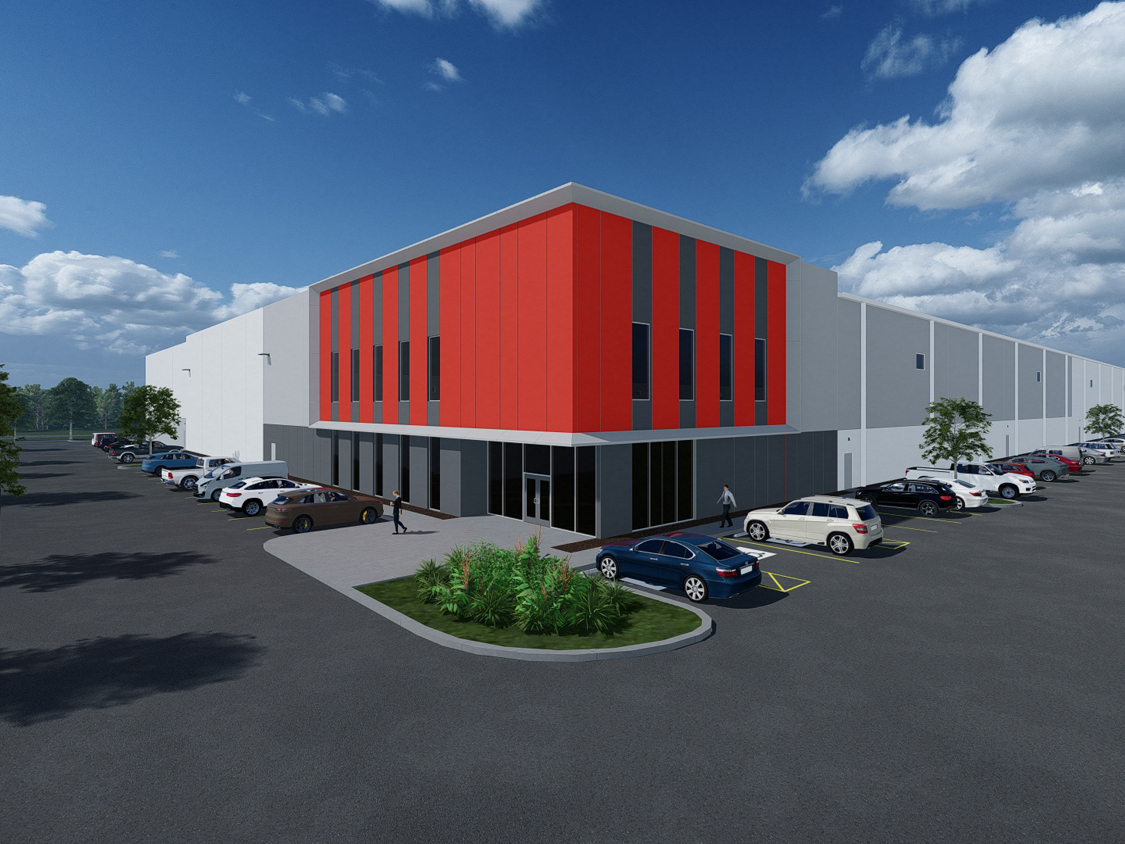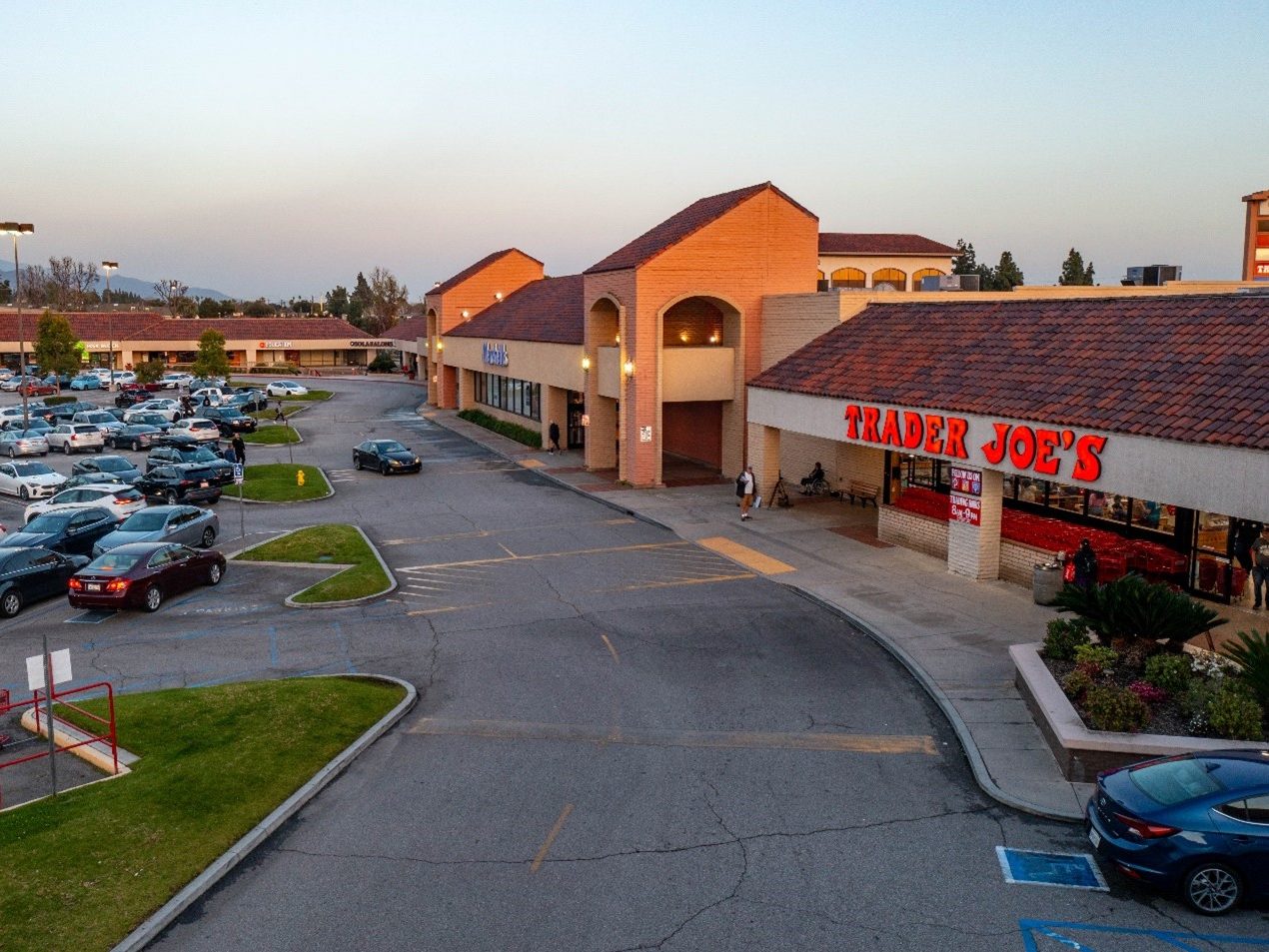E-Commerce Growth Revives Industrial Market
According to the latest CommercialEdge report, e-commerce is now nearly 20 percent of core retail sales.
In 2024, the e-commerce sector has stabilized and is growing steadily after a slowdown last year, according to the latest CommercialEdge report.

E-commerce sales reached $291.6 billion in the second quarter of the year, up 1.3 percent from the first quarter and 6.7 percent year-over-year, according to the Census Bureau. What’s more, e-commerce now accounts for 18.8 percent of core retail sales, the highest since the pandemic peak. The warehouse and storage labor market has also rebounded, adding 24,900 jobs through August, following an 8.5 percent employment decline from May 2022 to December 2023.
Amazon, the sector’s largest employer, played a key role in the earlier industrial slowdown by pausing projects and subleasing space. However, in 2024, Amazon is ramping up leasing again. While online sales growth has normalized, the industrial real estate market is grappling with an oversupply, as over 1.1 billion square feet were added between 2022 and 2023. E-commerce will remain a major driver of industrial demand, requiring significantly more space than traditional retail to manage orders and returns efficiently.
READ ALSO: Wayfair Makes Foray Into Brick-and-Mortar Retail
The national under-construction pipeline included 369.3 million square feet of industrial space at the end of August, accounting for 1.9 percent of total stock. The largest pipelines on a percentage-of-stock basis were in Phoenix (9.1 percent, 36.7 million square feet underway), Kansas City, Mo. (3.6 percent, 10.4 million square feet), Memphis, Tenn. (3.4 percent, 10 million square feet), Denver (3.0 percent, 8.3 million square feet) and Columbus (2.8 percent, 8.7 million square feet).
Although industrial development has slowed, it remains high compared to historical levels. Between 2020 and 2023, nearly 1.9 billion square feet of industrial space began construction. This year, new starts have dropped to 145.3 million square feet, but 2024 is still expected to come in close to 2019’s total, a peak year for industrial development before the pandemic significantly boosted demand for such spaces.
At the same time, industrial sales in the first half of the year totaled $36.9 billion, with properties trading at an average of $132 per square foot.
Coastal rents surge amid rising vacancies
In August, the national average for industrial space rents reached $8.11 per square foot, a four-cent decrease from July and a 7.2 percent rise over the past year, according to CommercialEdge. Rents in coastal markets have seen the largest increases, with the Inland Empire leading the way at 12.1 percent over the past year, followed by Miami at 10.6 percent, Los Angeles at 10.1 percent, New Jersey at 9.0 percent and Orange County at 8.3 percent.
The national vacancy rate was 6.7 percent in August, up 30 basis points from the previous month. The massive wave of new supply during the last few years continues to have a significant impact on national vacancy, which hovered near 4 percent just two years ago.
Vacancy was lowest in Charlotte, N.C. (4.0 percent), Columbus (4.6 percent), Miami (4.6 percent), Orange County (4.7 percent), Kansas City, Mo. (4.8 percent) and Nashville, Tenn. (4.8 percent).
Read the full CommercialEdge report.







You must be logged in to post a comment.